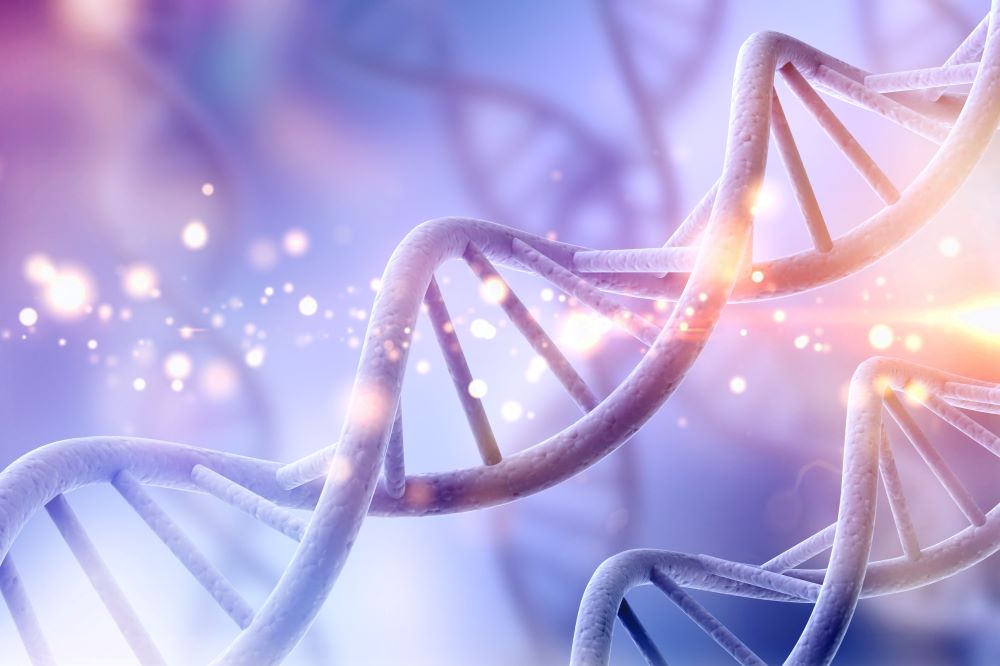Exploring the Genetics of ARVC Cardiomyopathy

Arrhythmogenic right ventricular cardiomyopathy (ARVC) is a heart condition that can be deadly but is, thankfully, quite rare. This condition involves the heart muscle being replaced by fatty and fibrous tissue, which can lead to congestive heart failure and arrhythmias. One of the things that stands out about ARVC cardiomyopathy is that it can be inherited. Mutations in some genes play a major role in how ARVC or arrhythmogenic right ventricular cardiomyopathy develops.
Today, we’ll be looking at the genetic aspects of this disease, including gene mutations, genetic testing, and disease progression.
ARVC Gene Mutation
Most of the gene mutations related to ARVC cardiomyopathy encode proteins of the cardiac desmosome. This is a component that helps keep the structural integrity of the cardiac muscle cells intact. These proteins are essential for cell-to-cell adhesion and mechanical connections between adjacent cells located in the heart. When these genes experience a mutation, this disrupts the functioning of the desmosome, which causes cardiac muscle cells to detach and be replaced by fatty and fibrous cells.
Many genes have been considered for ARVC cardiomyopathy, such as JUP, PKP2, DSP, DSC2, and DSG2. The most common genetics mutations are found in the PKP2 gene, and these make up 40 or 50% of all cases of ARVC. PKP2 encodes plakophilin-2, which is important for the integrity of the structure of cardiac cells. Gene mutations disrupt normal interactions between desmosome proteins to create the changes seen in arrhythmogenic right ventricular cardiomyopathy.
While the most common genetic cause of this disease is a mutation to these genes, that doesn’t mean everyone with a mutation develops ARVC cardiomyopathy. Modifier genes, environmental factors, and other genetic differences also play a part in whether someone develops this disease.
ARVC Genetic Testing
Genetic testing is one of the most vital parts of diagnosing and managing ARVC, especially when there is a family history of the condition. Determining what genetic mutations are in place helps determine if the issue is ARVC, guides management of the issue, and creates a starting point for genetic counseling among family members who may be at risk for the disease.
Most of the genetic testing for ARVC cardiomyopathy involves sequencing the genes related to the condition.
Next-generation sequencing options have been a huge innovation in genetic testing so multiple genes can be tested quickly and effectively. In addition to finding these gene mutations, genetic testing can also find other variants to be investigated.
If a family has a known ARVC-related gene mutation, genetic testing is useful for predictive testing for anyone who is at risk of the condition. This creates earlier identification for those who might develop ARVC, allowing for quicker monitoring and interventions that can cut down on the potential complications of the condition.
Genetic counseling is a huge part of ARVC cardiomyopathy. Counselors work with families and individuals to help them better understand the implications of genetic tests and their results. This includes the risks of developing arrhythmogenic right ventricular cardiomyopathy, choices for management and surveillance, and the potential to pass the mutation on to future generations of family members.
How Fast Does ARVD Progress?
The progression of ARVC (also known as ARVD) can vary between individuals. Some people will have only mild symptoms, while others might have complications that qualify as life-threatening. The rate at which the heart disease progresses also depends on various factors, such as individual risk factors, environmental influences, and specific genetic mutations.
Some factors might cause ARVC cardiomyopathy to accelerate more than expected. These include a family history of sudden cardiac death, some genetic mutations associated with severe forms of the condition, and risk factors like the use of certain medications or going through endurance exercise.
Early detection followed by intervention is a must to manage ARVC and reduce the risk that complications will happen. Having regular cardiac monitoring is essential. This includes echocardiograms, electrocardiograms, and cardiac MRI scans. All of these can detect heart structure and function changes related to ARVC. Antiarrhythmic drugs and beta-blockers are also often used to reduce risks and control symptoms.
Sometimes, a person with advanced ARVC may need to look at more aggressive treatment options in the hospital, such as implantable cardioverter defibrillators. They can be used to prevent sudden cardiac arrest or heart transplantation for end-stage congestive heart failure.
Final Thoughts
ARVC cardiomyopathy is complicated and can be serious. It also has a genetic component to be aware of. Mutations to the desmosome genes have a part in the development of this condition, but the progression is influenced by several factors. Genetic testing and counseling are both tools used to diagnose ARVC, identify who is at risk, and guide needed clinical management.


